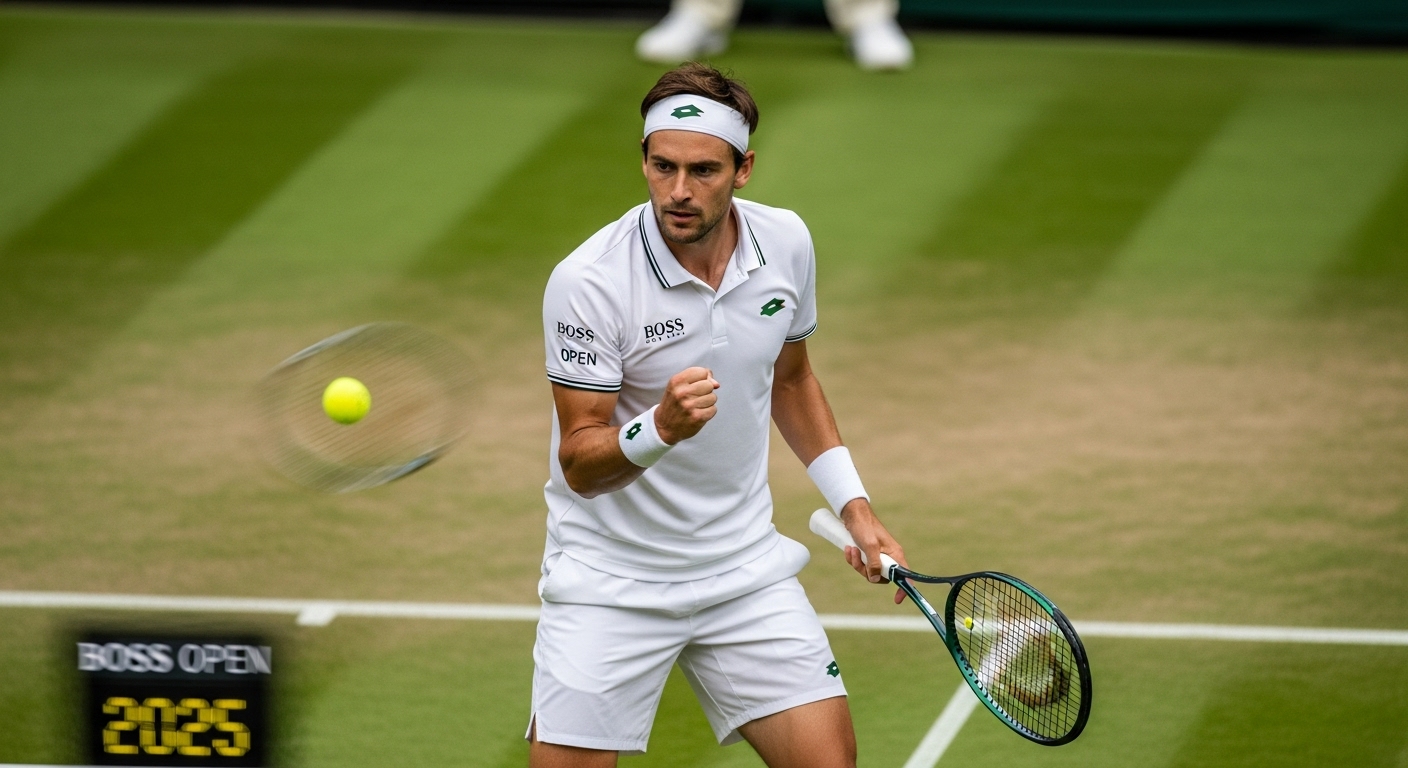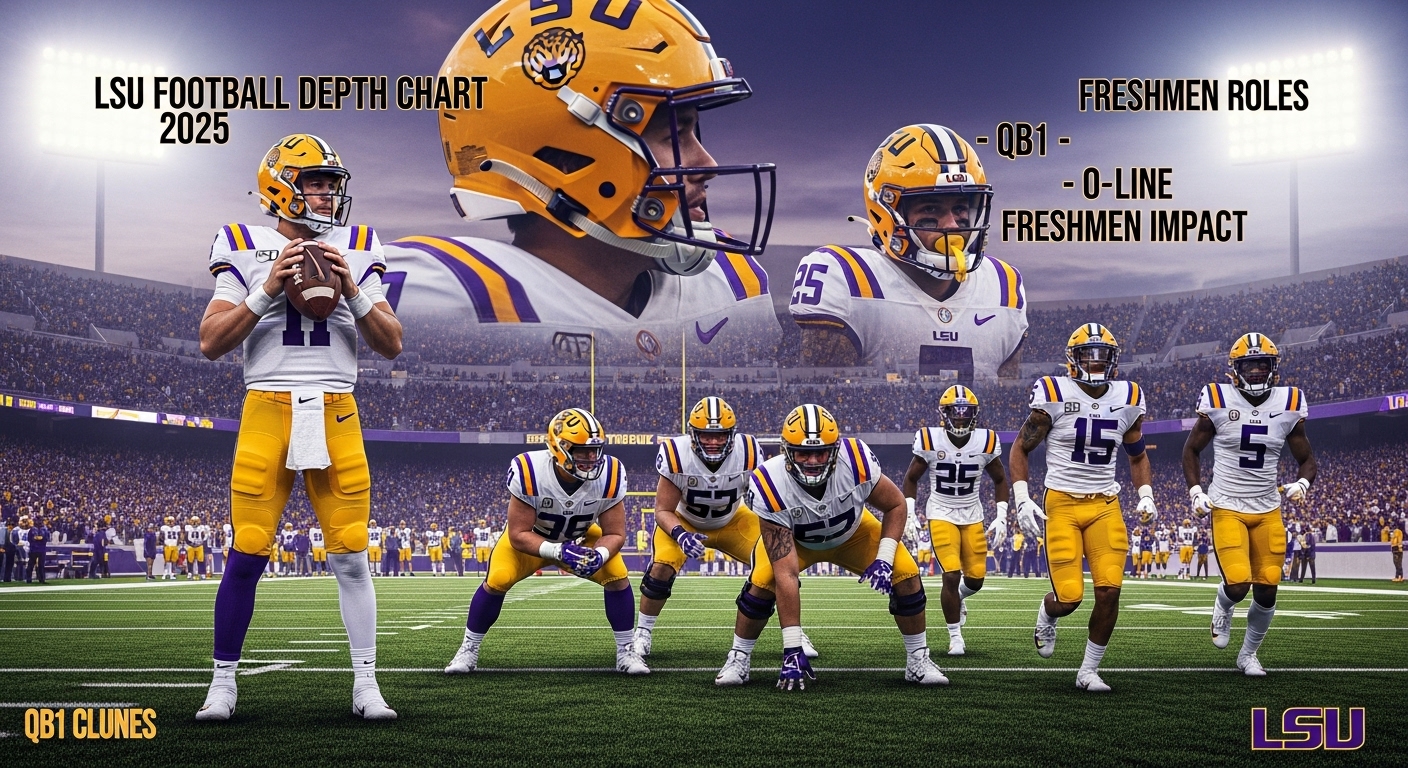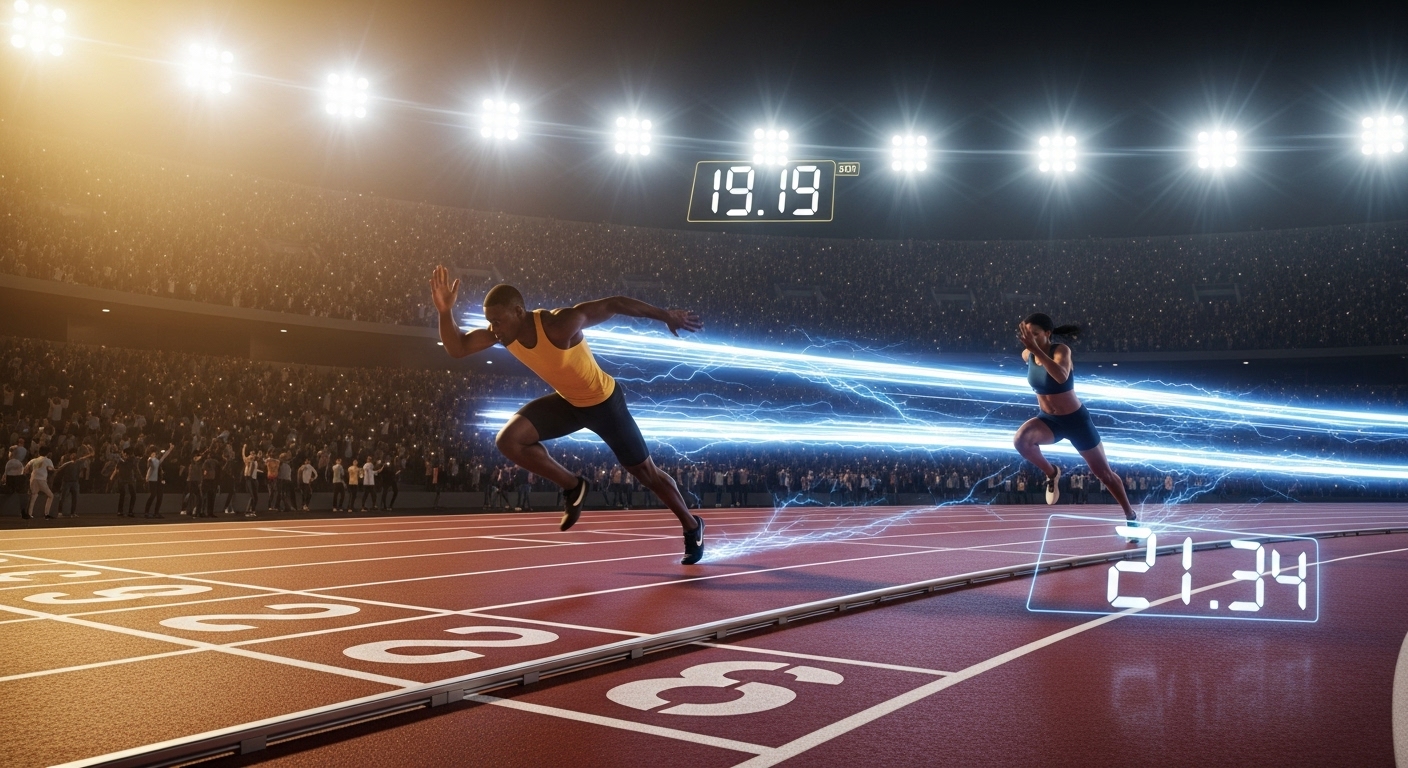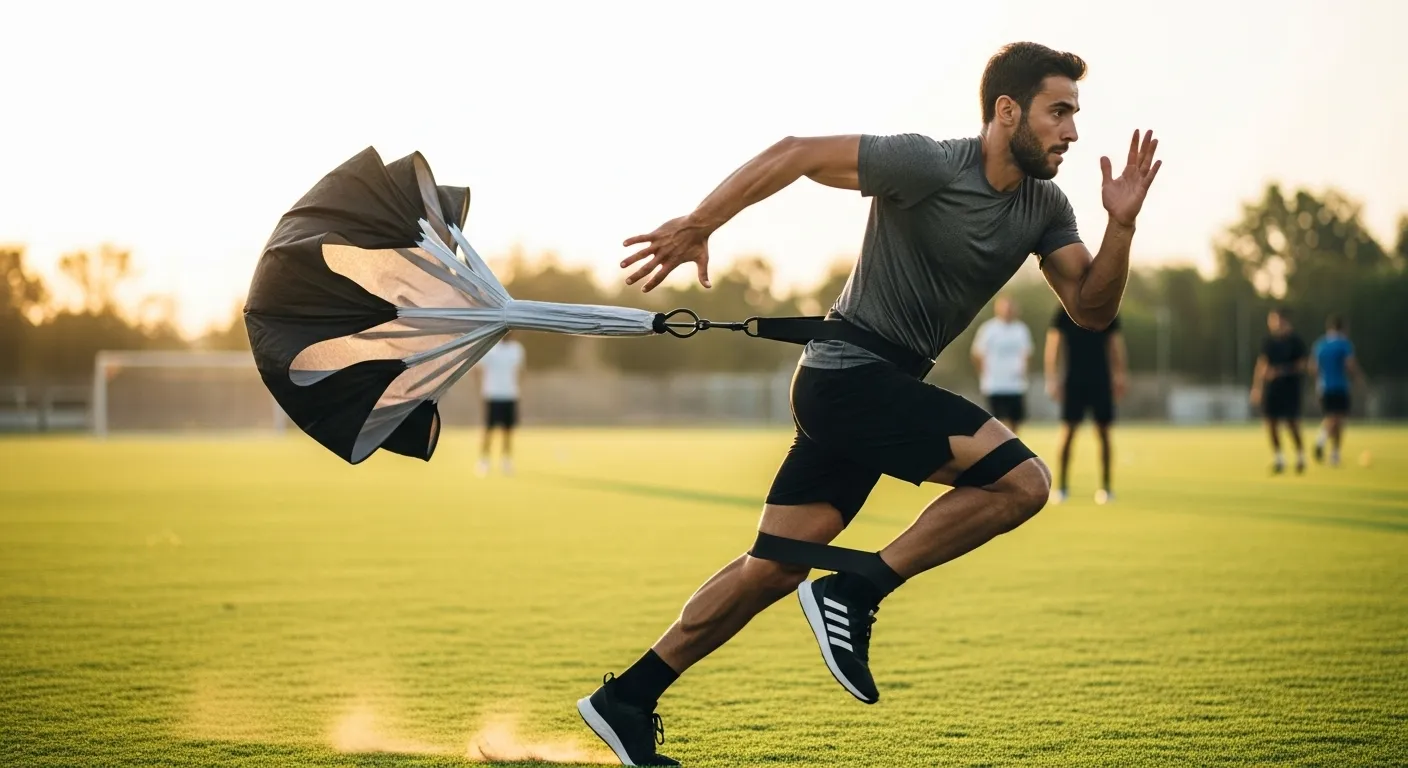As a reporter and coach’s-notebook thief who has covered 10+ grass weeks in Stuttgart since 2013, here’s the blunt version: if you care about early-summer grass form, you watch stuttgart open 2025. It’s the BOSS Open, an ATP 250 on fast-ish grass at Weissenhof. Big serves. Short points. Weather mood swings. I pack sunscreen and a rain jacket. Every time.
Quick take: what you’ll actually get this week
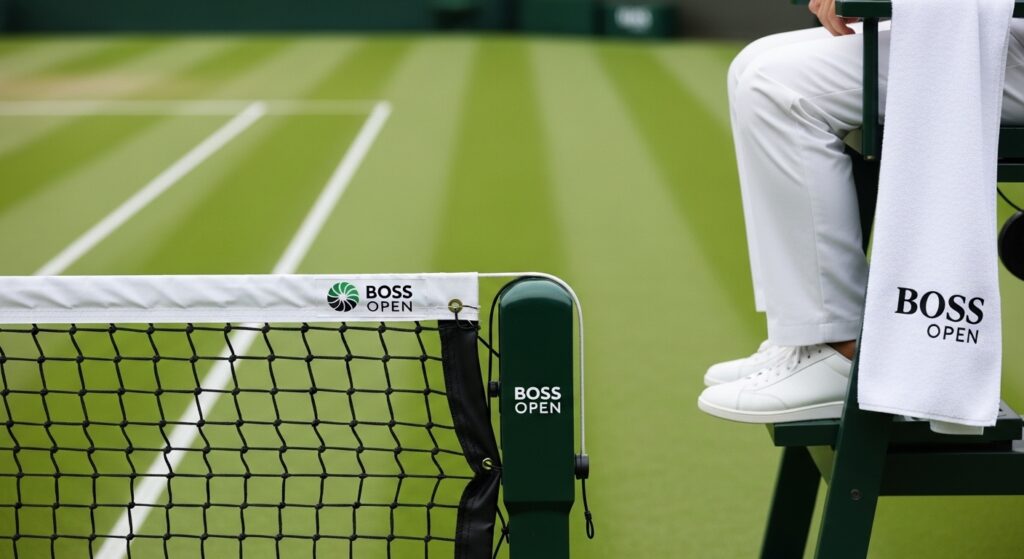
Short rallies. Slice that stays low. Net rushes that suddenly make sense again. In my experience, the players who adjust fastest to grass footwork—tiny steps, calm core, no ego—own the first two rounds. If you’re new to this event, the vibe is relaxed but tense. Everyone’s already thinking about Queen’s and Wimbledon, but Stuttgart is where the grass instincts flip back on.
If you want formal context, the event lives under the BOSS Open banner, and yes, that’s Stuttgart’s long-running men’s grass tournament with a tidy history of serve-and-volley nostalgia—here’s the background if you like tidy: BOSS Open overview.
Fast facts (the stuff friends ask me every year)
| Item | What I tell them |
|---|---|
| Level | ATP 250, but don’t sleep on it—top-20 guys test grass weapons here. |
| Surface | Grass. Low bounce. Speed varies with weather; sunny days are zippy. |
| Style that wins | First-serve heavy, early strike, slick slice, confident at net. |
| What goes wrong | Overhitting backhands. Panic footwork. Poor returns vs body serves. |
| What I pack | Cap, shades, layers, patience for rain delays. |
Who actually thrives here?
Players with a clean toss, a heavy first serve, and the nerve to end points at the net. I’ve always found that grass punishes indecision. If a baseliner wants to grind, fine, but they need a knifed backhand slice to stay in neutral. Every year, a lean, fast mover surprises the seeds by returning low and redirecting pace like a brick wall with manners.
From a betting or “just reading the room” angle, I’ve noticed that certain patterns repeat—like how servebots look unbeatable until a patient returner starts body-blocking serves and stealing tie-breaks. If you like zooming out to see what the sport is doing as a whole, I keep an eye on year-over-year sports trends to spot guys whose grass numbers quietly jumped in spring.
Training smart for the switch to grass
I don’t train pros, but I’ve shadowed enough practices to know the drill: shorten swings, lower center of gravity, practice first volleys more than winner volleys. That’s why I like cross-sport thinking—multi-event training, even decathlon-style planning, helps make the change less dramatic. If you geek out on structure like I do, this decathlon guide to event order and training actually gave me a few warm-up ideas coaches use for fast surfaces.
The draw, seeds, and wild cards—how it usually shakes out
Seeds often get a gentle landing, but it’s grass. A “gentle” first round can turn into two tie-breaks and a cold plunge for your expectations. Qualifiers are scary because they’ve already solved the bounce. Wild cards? Local favorites bring energy and crowd noise, and that matters—especially on tight outer courts. I’ve watched top seeds look very human when a qualifier starts punching slice returns into their shoelaces.
| Bracket reality | My translation |
|---|---|
| Seeded players | They look great on paper. On wet grass, paper gets soggy. |
| Qualifiers | They’ve dialed in footwork already. Upset fuel. |
| Wild cards | Local lift, adrenaline, sometimes too much. But fun chaos. |
| Tie-break rates | Expect more than on clay. Serve holds rule the day. |
Yes, the other Stuttgart event is different
Quick PSA: the women’s tournament stays indoors on clay earlier in the year and has its own very classy brand. If you mix the two, a German tennis fan will correct you before your sentence ends. If you’re curious, this is the event: Porsche Tennis Grand Prix.
Weather, grass speed, and why your favorite forehand might not show up
Grass can humble champions. A gusty afternoon turns a power forehand into an unforced-error factory. In my experience, the guys who breathe, take a beat, and aim bigger margins win the ugly days. Watch their split step—it tells you everything. Clean, small, on time? They’re in control.
Technology tangent—I use slow-mo apps and sometimes even VR feeds to study spin and contact points. Sounds nerdy. Works. If you like that rabbit hole, you’ll enjoy the weird future of match prep; the gear jump is wild in VR gaming in 2025, and tennis analysis is piggybacking on some of it.
How I watch and what I track
I track first-serve percentage, first-serve points won, and return position changes. Boring? Maybe. But that triangle predicts winners better than hype. I mark where players stand on second-serve returns and whether they step in on break points. If a guy keeps returning from the back fence on grass, my coffee gets nervous.
Media, tickets, and not getting burned by the schedule
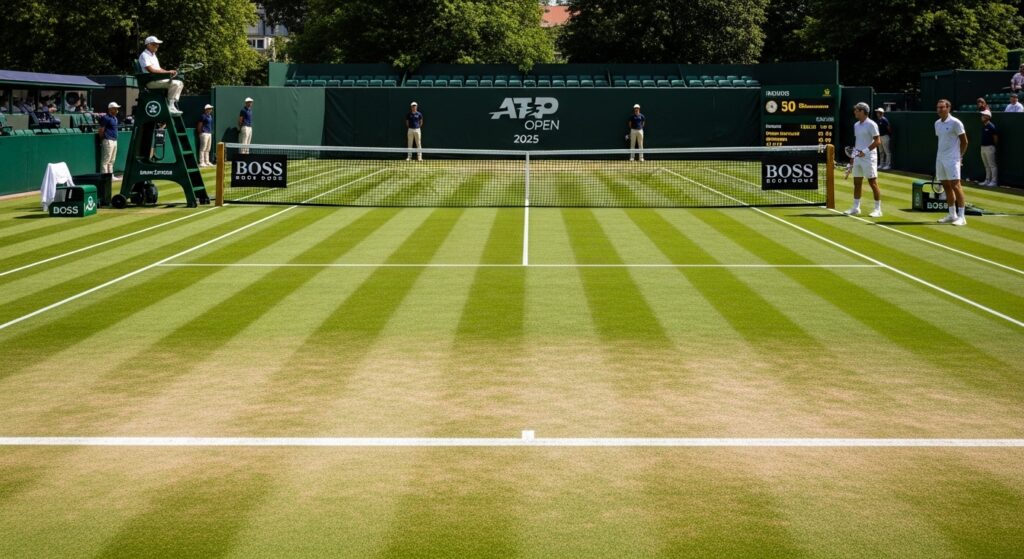
Tickets go quick for the weekend, so I buy early and plan for 20-minute swings in the order of play. Rain pushes things; late sunsets save them. TV and streaming vary by region, and the schedule can change after warm-ups if the sky sulks. When I’m traveling, I keep a simple note with court times, estimated match lengths (add 40 minutes if two tie-breaks are likely), and snack intel. It’s not glamorous, but it saves me from jogging uphill with a pretzel.
My personal “fan survival pack”
- Light jacket. Grass weather flips moods fast.
- Portable charger. The scoreboard app will eat your battery.
- Hat and sunglasses. Sun ambushes you between clouds.
- Water bottle. Lines are longer during tie-breaks. Because of course they are.
Mini-blogs inside the blog (answering the stuff in my inbox)
Is this really a tune-up or can someone make a statement here?
Both. The winner usually leaves with a sharper serve pattern and a quieter head. I’ve seen players fix one return habit here and ride it deep into Wimbledon.
What about doubles—worth watching on grass?
Absolutely. Doubles on grass is like F1 pit stops: quick, loud, precise. If you want to learn net instincts, watch the first volley decisions. That first stick makes or breaks the point.
How do I read the draw without overthinking it?
Circle the big servers. Note who just came off a long clay run (fatigue tax is real). Then pick two unseeded players with good grass numbers as your “chaos agents.” If you like light-hearted pool fun for match days, I’ve even repurposed ideas from Super Bowl Squares for tennis score squares with friends.
What I’m personally looking for this year
Two things: returners who hug the baseline on second serves, and servers who mix in body serves at 30-30 instead of only at deuce. Also, anyone fearless enough to chip and charge behind a second serve. Still legal. Still rude.
Why I keep notes like a weirdo
Because tennis is a memory game. If you log where break points were won—wide serve ad side, body serve deuce side—you start predicting the next match. I drop these into my weekly notes and sometimes into my own newsletter using outlines cribbed from this tidy sports newsletter playbook so I don’t bury the lede under eight jokes.
What makes Stuttgart… Stuttgart
The grounds are walkable, the outer courts feel close, and the practice courts are gossip central. I’ve stood three meters away while a top-10 guy rehearsed nothing but first volleys for 25 minutes. That’s how much grass messes with your habits. And yes, I’ve been the person who quietly times the step-in on returns with a phone timer. You learn things.
Also: don’t be surprised if I mention stuttgart open 2025 again when we get the entry list. I’ll probably start a little spreadsheet with serve points won and effective return depth. Then I’ll abandon it for vibes after the first rain delay because I am, after all, human.
If you’re planning content or nerdy previews
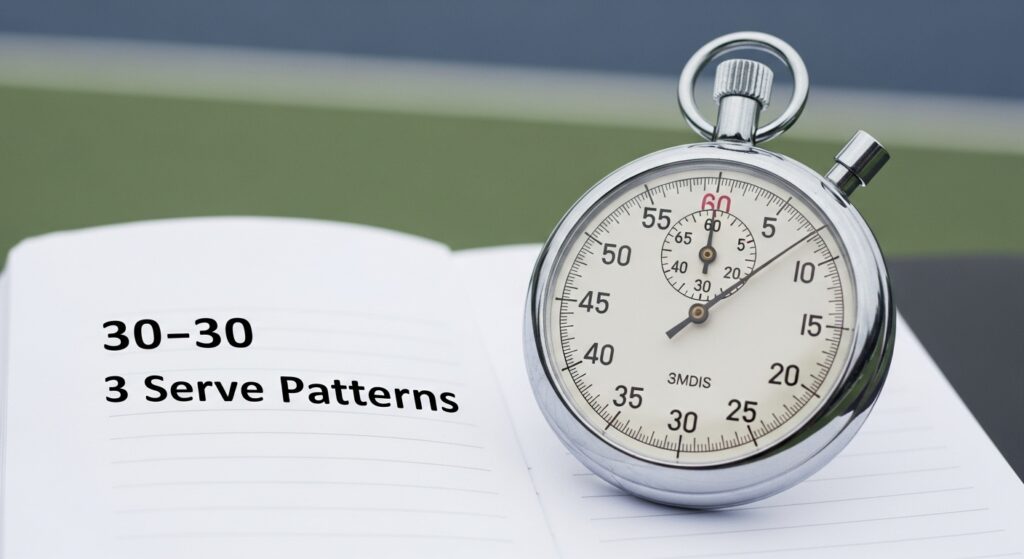
I keep a simple template: surface notes, three key serve patterns, two return behaviors to watch, and a “pressure index” that rates how a player handles 30-30. It’s not complicated. But it beats going on feel alone. When I’m unsure how to structure it, I steal from my own content system and check in with—and yes, this is meta—sports frameworks I’ve saved, same way I did with that decathlon piece earlier.
And if you’re the type who likes calendars and cross-referencing other events, I’d still bookmark the men’s week in Stuttgart under grass openers, and the women’s one for spring indoor clay. Different beasts. Different moods. Both worth your time.
Tiny prediction corner (so you can mock me later)
- A qualifier takes out a seed in a breaker where nobody sees a breakpoint.
- A known baseliner looks brilliant for one set, then loses a five-point run of net points and can’t recover.
- At least one match ends with a return winner on a second serve to the body. It’s there. Players are using it more.
Cheat sheet for a fast read
| Key idea | Why it matters | What to watch |
|---|---|---|
| First-serve percentage | Entry ticket to grass winning | Over 65% usually spells control |
| Second-serve return position | Shows confidence and plan | Stepping in on big points means belief |
| Volley quality | Ends points fast, avoids bad bounces | First volley depth, not just touch |
| Slice backhand | Neutralizes pace, stays low | Skids through contact, not floaty |
I’ll keep updating my notes once the practice clips trickle out. If you see me in the stands with a coffee and a squint, I’m probably timing split steps like a dork. Comes with the job. Or the obsession. Thin line.
FAQs
Is Stuttgart a good predictor for Wimbledon form?
Sort of. It flags who adjusted to grass early. But five-set logic at Wimbledon is its own beast.
Do I need to love serve-bots to enjoy it?
No. You’ll see plenty of craft—short slices, sneak-ins, and return chess at 30-30.
What’s one stat I should watch on TV?
First-serve points won. If that’s over 75% deep into set two, the server’s in the driver’s seat.
Any fan tip for tight matches?
Watch the body serve on big points. If the returner keeps jamming, momentum flips fast.
Is the city easy for first-timers?
Yes. Simple transit, good food near the grounds, and friendly staff who’ve seen every question.

I’m Oliver Scott, and I live to bring every sports moment to life. Get breaking multi-sport news, in-depth match highlights, fantasy tips, athlete spotlights, and the latest trends right here.

